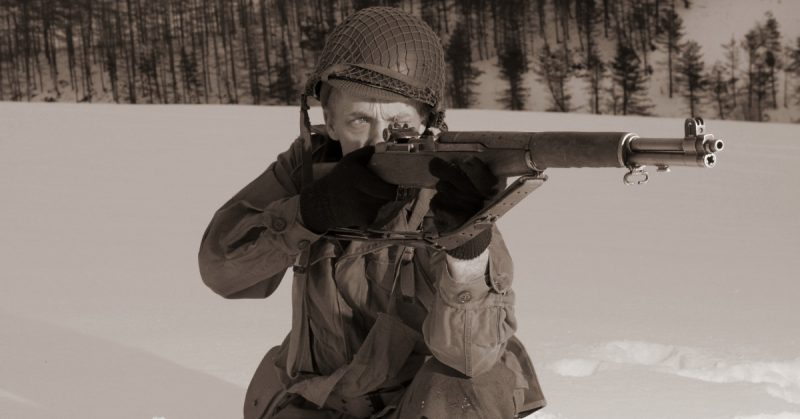First Sergeant, Leonard A. Funk, despite his small stature, joined the paratroopers of the 508th Parachute Infantry Regiment of the U.S. Army and went on to become one of the most decorated airborne soldiers in World War II.
His grueling trials reflect the absurd and dangerous casualty rates in World War II where many soldiers didn’t come out as well as Funk’s unit.
During the Battle of the Bulge in January 1945, his unit of headquarters soldiers advanced 15 miles (24 kilometers) in a raging snowstorm and waist-deep drifts. The company executive officer became a casualty, and Funk immediately took command.
He quickly formed the men into a combat unit. Under his leadership, the unit advanced against direct artillery shelling harassing its left flank.
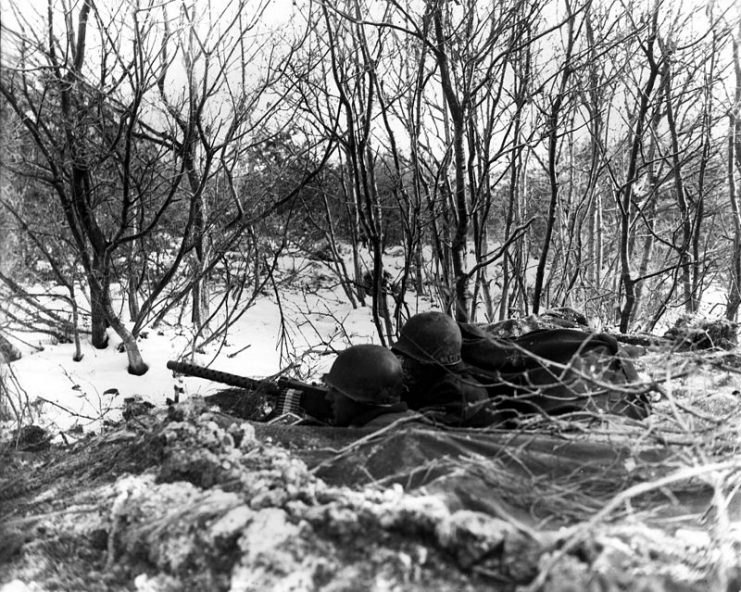
They attacked and cleared 15 houses and took 30 prisoners without suffering a single casualty. The determined drive helped them overrun Holzheim, Belgium, where they took 80 more prisoners.
Undermanned, they spared four guards for the soldiers and resumed attacking the remaining resistance from the Germans.
An enemy patrol, by means of a ruse, captured the four guards and freed the prisoners who then planned to counterattack the remaining members of Funk’s ad hoc assault force from the rear. Not knowing the prisoners had been freed, Funk walked into the midst of the Germany company and was told to surrender.
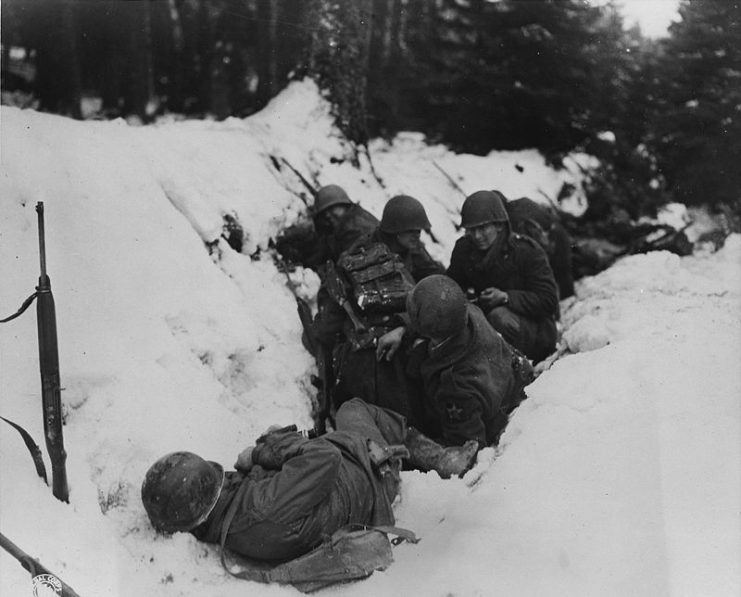
With a machine gun jabbing his stomach, he pretended to comply. As he unslung his own machine gun from his shoulder, he quickly brought the muzzle up and shot the German officer.
He fired into the surrounding groups of Germans and called for his soldiers to seize the German weapons. In the frantic firefight, he killed 21 Germans, wounded many more, and captured the rest.
https://youtu.be/bqOPeXLnfF8
1st Sgt. Funk’s actions were responsible for the capture of a vastly superior force which, if left unchecked, would have had the potential to capture or kill Company C.
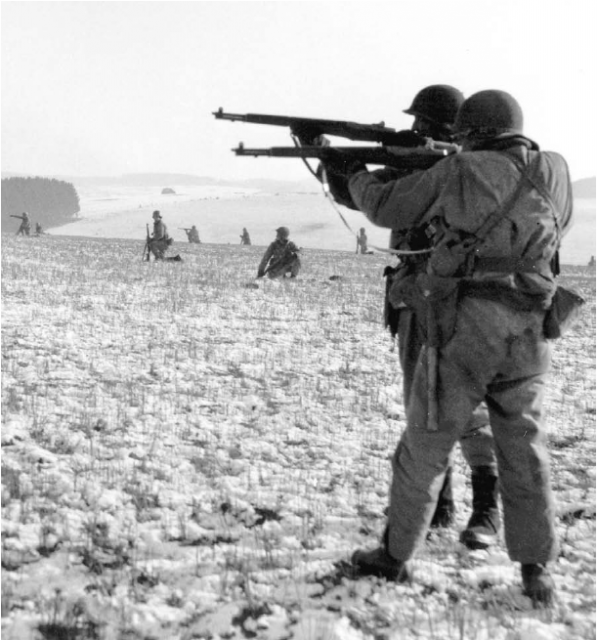
The actions of Funk show the chaotic nature of the battlefield and extreme danger many soldiers faced. Funk only took command in the first place because the company XO was unavailable — an executive officer who was actually second in command.
Most third-string leaders survived long enough to kill those in their command. Luckily for this group, Funk was much more skilled since headquarters soldiers are not supposed to be experts at clearing buildings. By assuming command, Funk galvanized his unit.
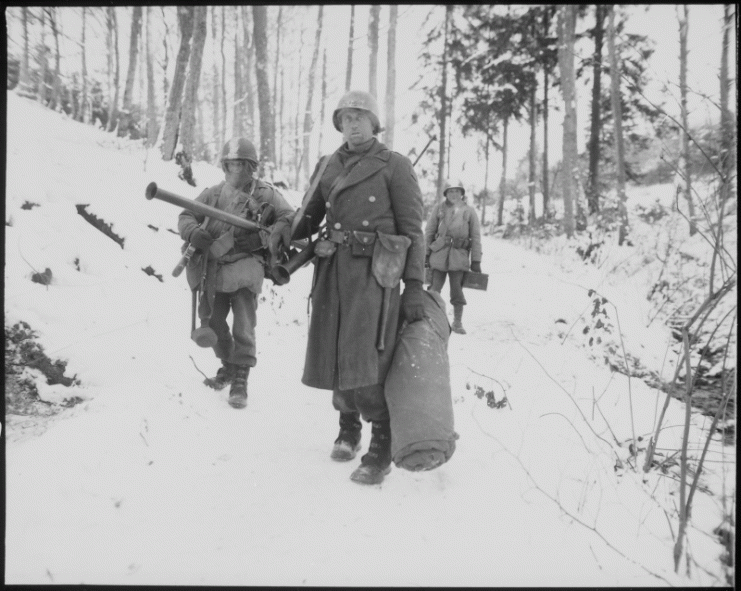
House-to-house combat and a chaotic battlefield where a soldier could go from warden to prisoner to warden in a matter of minutes was difficult enough, but the reduced effectiveness that occurred when a third-string officer took command could add to the mental pressure that soldiers faced.
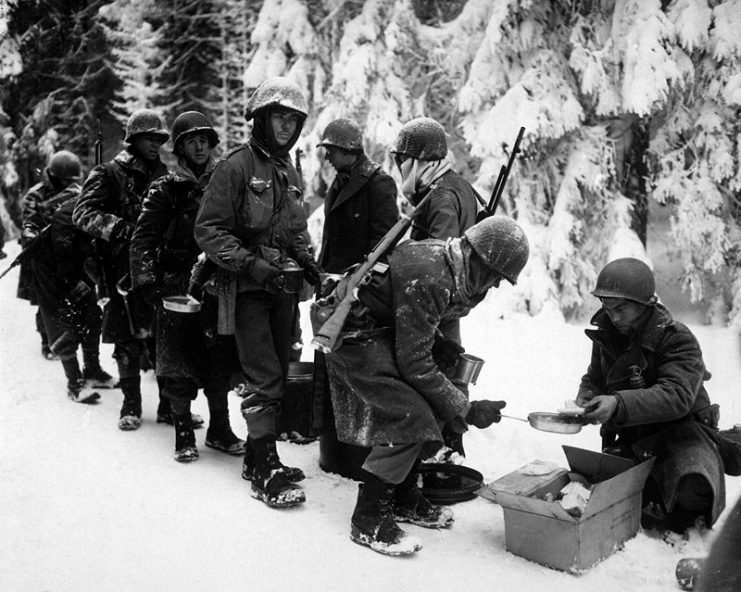
This meant that many units had an entirely new set of personnel in two or three months and an entirely new crop of second lieutenants in 88 days.
Like Funk, who witnessed two superiors go down in a short time, a soldier could start a battle as a private and be leading a company several days or even hours later.
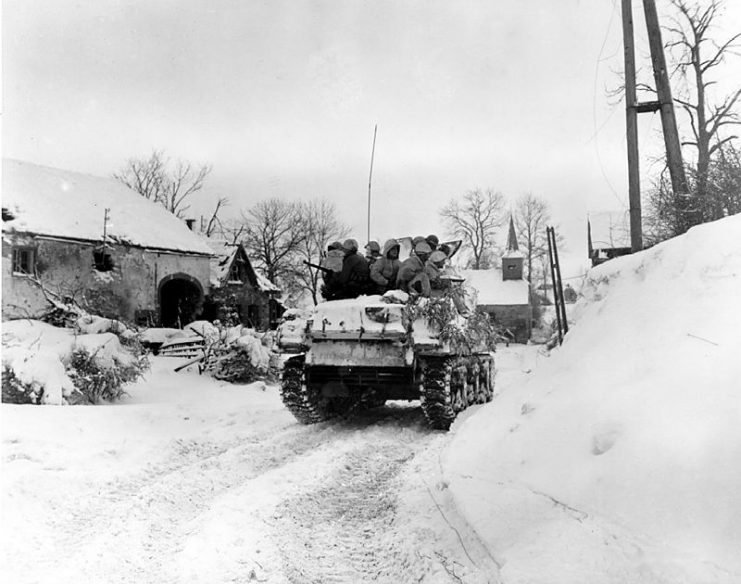
The performance of Funk and his ad hoc unit is an especially notable commendation of his leadership as they suffered the same kind of casualty rates without a loss of effectiveness in Holzheim.
His leadership prevented his soldiers from being thrown into a meat grinder that was, sadly, typical in the American army in 1945.
